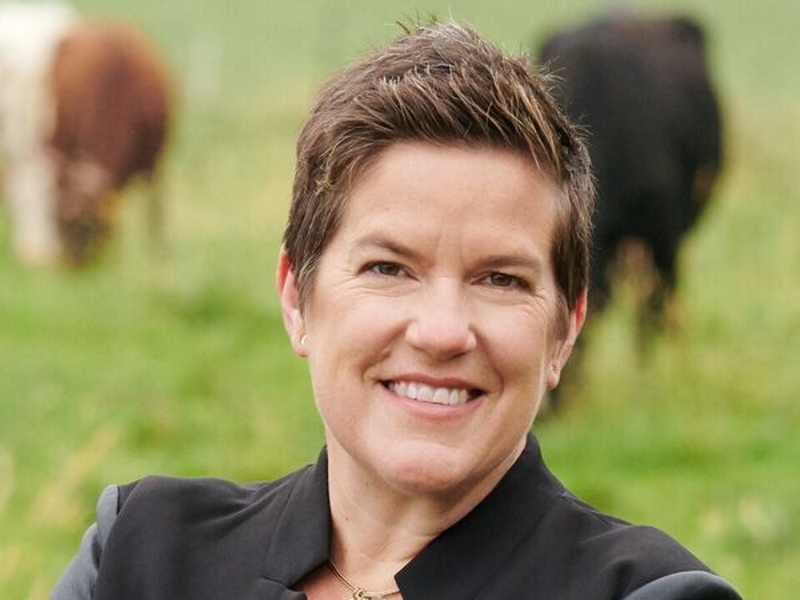Report Tallies COVID’s Economic Carnage
WEDC report also offers solutions. Wisconsin may only get one chance to make it right.
The most comprehensive summary of how the COVID-19 pandemic has decimated Wisconsin’s economy isn’t a best seller.
Parts of the Wisconsin Economic Development Corporation report are frightening: Wisconsin’s forestry and logging industry is hanging on by a thread. This month, the mill that has been buying about one-fourth of all the state’s pulpwood, Verso in Wisconsin Rapids, will close, ending 902 jobs.
Other parts have you cheering the innovative skills of some business leaders: Within weeks, Pindell Global Precision, of New Berlin, pivoted and began making components for ventilators, for example.
It’s also unsettling that nobody knows when COVID-19’s chilling, deadly grip on Wisconsin will ease, or what any “new normal” looks like. The state was thrown a $13.7-billion lifeline of federal aid, But the federal $600 weekly supplement to Wisconsin’s $370 maximum jobless benefit ends soon, squeezing still-furloughed workers.
Recommendations of the “Wisconsin Tomorrow – An Economy for All” report:-Get Everyone Back to Work: “Many service-sector jobs, particularly in retail and restaurants … are not likely to return. It will be crucial to reskill and train people who lost their jobs. The pandemic has reinforced access to high-quality childcare, early childhood education and health care as essential to the economy.”
-Fix Broadband: “The pandemic has highlighted the digital divide in our state. Education, e-commerce, remote working and even contact with government depend on access to computers and high-speed internet.”
-Support Innovation: “Innovation fuels job growth, as well as flexibility and resiliency in our businesses. In a time of constrained resources and risk aversion, Wisconsin has the chance to use its innovative, entrepreneurial spirit to launch its recovery.”
The pandemic’s impact on many of Wisconsin’s institutions – restaurants and bars, agriculture, K-12 schools, tourism, transportation systems, colleges and universities – has been documented by news stories and think tanks. The report focuses on each of those industries.
But one finding in WEDC’s report deserves emphasis: The pandemic threatens to worsen Wisconsin’s “crisis of racial disparity and inequity.” African-Americans and other minorities lag whites in jobs, earnings, home ownership, savings, health and K-12 academics.
Wisconsin has the highest K-12 “achievement gap” in the nation – a gap the pandemic could worsen, Hughes warned: “This crisis existed before COVID-19, and will continue to endure if our state does not seize this moment to remove obstacles to prosperity….[B]y advancing the economic well-being of every Wisconsinite, we can make a difference. With our minds focused on recovery, now is the time to make sure every citizen across the state is considered and supported.”
It says that two industries – child care and higher education – are critical to giving workers whose jobs are gone a chance to retrain or “upskill” for future jobs. But laid-off workers, especially minorities, can’t retrain without child care.
Between March 1 and May 1, 54 percent of large licensed child-care centers closed, according to the state Department of Children and Families. In the future, the report added, “The early child care and education landscape is likely to change after COVID-19, with many programs likely unable to reopen or reopen with limited staffing and capacity.”
Wisconsin’s 16 technical colleges work closest with businesses who must innovate to survive. Still, the report said, every Wisconsin college and university and workplace “need to better meet the needs of historically underrepresented populations… For technical colleges, this means not only students and graduates but leaders, faculty and staff of color, people with disabilities and people with low incomes, among other marginalized groups.”
Dr. Morna Foy, president of the Wisconsin Technical College System, said Wisconsin may only get one chance to get this right. In WEDC’s report, Foy offers this warning:
“Early 2020 represents a point of no return, whether we realize it or not.”
Steven Walters is a senior producer for the nonprofit public affairs channel WisconsinEye. Contact him at stevenscotwalters@gmail.com
If you think stories like this are important, become a member of Urban Milwaukee and help support real, independent journalism. Plus you get some cool added benefits.
The State of Politics
-
A Wisconsin Political Trivia Quiz
 Dec 15th, 2025 by Steven Walters
Dec 15th, 2025 by Steven Walters
-
The Fight Over Wisconsin’s House Districts
 Dec 8th, 2025 by Steven Walters
Dec 8th, 2025 by Steven Walters
-
The Battle Over On-Line Betting
 Nov 24th, 2025 by Steven Walters
Nov 24th, 2025 by Steven Walters






















